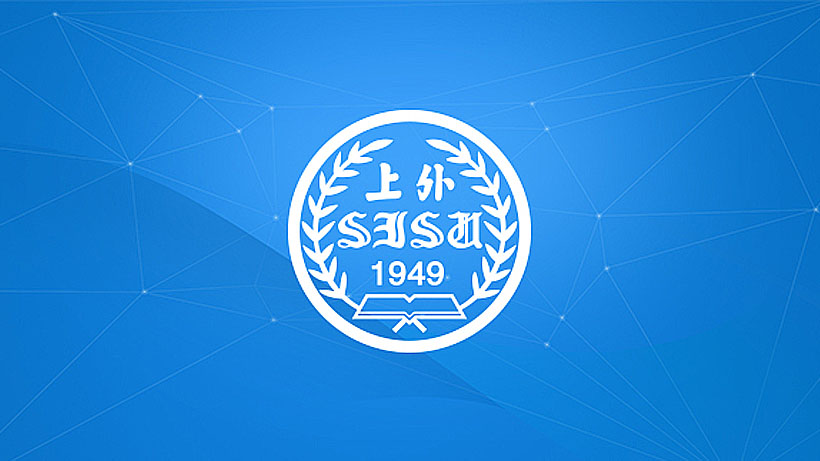
梁海
上海一言道文化发展有限公司 总经理
新闻报道


上海一言道文化发展有限公司 总经理
新闻报道

文学博士,复旦大学中文系教授、博士生导师。从事唐宋文学、佛教文学研究,兼任中国宋代文学学会副会长,中国苏轼研究会副会长。著有《中国文学传统》《苏轼十讲》《苏轼苏辙研究》《唐宋诗歌与佛教文艺论集》等。
新闻报道
陈慧妮,云南省社会科学院编审,先后担任《云南社会科学》刊物法学、政治学和南亚东南亚区域国别栏目责任编辑。已发表16篇论文、参与课题等成果共计约21万字,主编《历史政治学初探》《民法典的编纂微观与解释前瞻》《重审斯芬克斯之迷——〈云南社会科学〉法学论文精编》等专著。
新闻报道

随着信息技术与电子商务的飞速发展,消费者在海量商品选择中面临的选择过载现象日益普遍。尽管营销领域已围绕该现象开展大量行为学研究,但针对选择过载的认知机制及其神经基础的探索仍显不足,诸多关键问题尚未明确:例如,选择过载效应如何产生?其在行为表现、认知加工及神经活动层面有何特征?消费者的整体偏好又会对其产生怎样的调节作用?本研究结合行为实验、计算模型与脑电技术,系统探讨了上述科学问题。这一研究不仅对深入理解消费决策的认知加工过程与神经基础具有重要理论价值,也为电商平台优化商品布局、缓解消费者选择过载提供了现实指导。
徐四华,教授、博士生导师。心理学博士,宾夕法尼亚大学博士后,上海市人才项目获得者,一直致力于风险决策和消费行为等领域的认知神经科学研究,并取得一系列重要研究成果。在PNAS、Neuroimage、Cerebral Cortex、Journal of Research in Interactive Marketing和心理学报等期刊发表高水平论文50余篇,主持国家自然科学基金青年项目1项,面上项目2项,担任中国心理学会决策心理学专委会委员、中国社会心理学会管理心理学专委会委员和中国技术经济学会神经经济管理专委会委员等。
新闻报道
新闻报道

宋江宁,中国社会科学院考古研究所副研究员,西安建筑科技大学建筑学院外聘导师,2014年至今为周原联合考古项目负责人。长期从事商周考古的研究工作,先后参加过七星河流域和美阳河流域区域系统考古调查,周原、丰镐、洛阳东周和汉魏故城及苏州木渎古城等考古发掘工作,发表简报、学术论文40余篇。
新闻报道

在竞争激烈的就业市场中,如何让简历脱颖而出?怎样在面试中精准展现核心优势?如何在求职马拉松中摆正心态越挫越勇直到屡战屡胜?本次讲座聚焦求职全流程痛点,深度拆解简历撰写、面试应对、心理建设三大核心模块。无论你是应届生、职场新人还是转行者,这场讲座都将为你提供可复制的实战工具,助你掌握求职主动权!
教育背景:上外日院在读研究生,多语种教育研究方向。
职场履历:9年工作经验,其中6年担任高管助理,3年担任项目经理,服务过食品、化妆品、车联网IT三大行业头部企业,熟悉私企和外企人力资源业务逻辑与管理模式。
新闻报道

上海外国语大学中文学院/国际文化交流学院特聘教授,德国波恩大学终身教授,汉学家、翻译家、作家。研究方向为中国思想史、欧洲思想史。出版学术著作50余本,编辑著作50余本,译著100余本,诗集20本,散文集5本,小说4本,发表学术论文400余篇。此外,编辑两种德文杂志,获德意志语言和文学学科学院颁发的“约翰·海因里希·沃斯奖”、中国政府友谊奖、中国国家外教年度人物奖、会林文化奖等奖项。
新闻报道

上海政法学院人工智能法学院党总支书记,马克思主义学院教授、学科带头人、硕士生导师,南京大学理论经济学博士后、华东师范大学法学博士,主要研究方向为社会主义市场经济运行与发展研究等。兼任中央马克思主义理论研究与建设工程重大委托项目专家、全国马经史学会理事、陈云生平思想研究会理事、上海马克思主义研究会理事、上海市延安精神研究会理事、上海思政课教学分教指委员、上海市教卫系统宣讲团成员、上海市教卫系统特邀党建研究员等。公开出版学术专著6部,公开发表论文60余篇,主持完成国家社会科学基金一般项目、国家社科基金重大项目(子课题)、中央马工程重大项目(子课题)、教育部规划基金项目、上海哲社项目等各类课题30余项。曾获学习贯彻习近平总书记“七一”重要讲话精神示范“金课”(国家级)、上海市邓小平理论研究优秀成果二等奖(著作类)、上海市育才奖、上海市教学成果二等奖、上海市首届思想政治理论课教学大赛优秀奖、上海市直机关优秀基层党务工作者、上海市教卫系统优秀基层党务工作者等荣誉30余项。
新闻报道

上海加快建设国际科创中心的新进展与新任务
上海市科学技术委员会主任
新闻报道